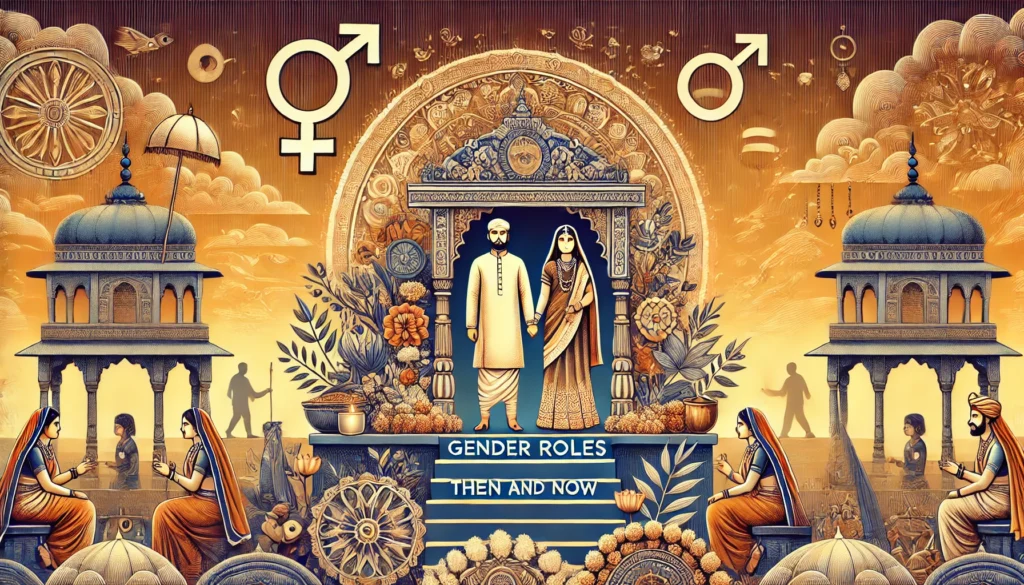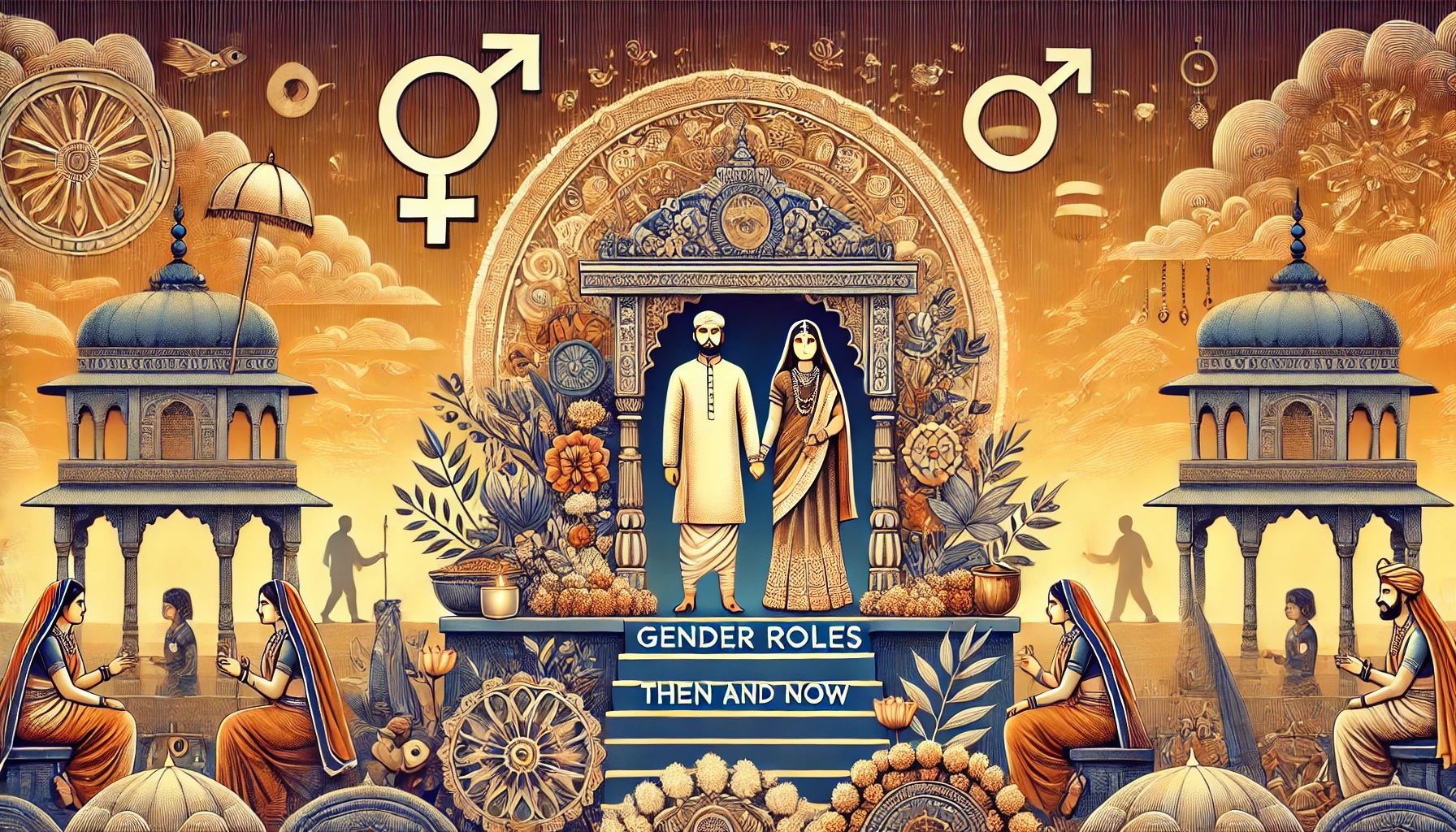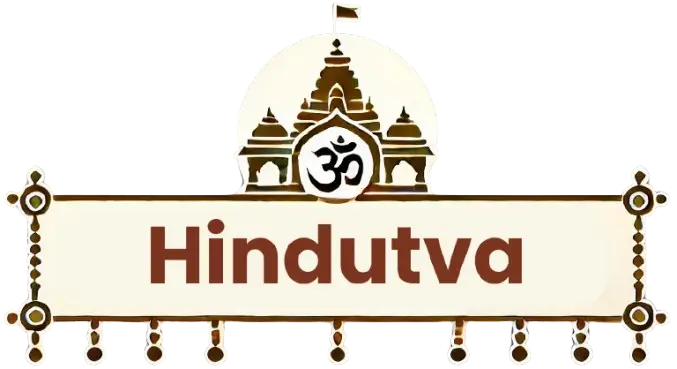Discover the evolving gender roles in Hindu wedding rituals, from traditional practices like Kanyadaan to modern reinterpretations fostering equality. Explore how couples blend tradition with contemporary values in these timeless ceremonies.
Hindu wedding rituals are an amalgamation of tradition, symbolism, and cultural values that have evolved over centuries. The essence of these rituals lies in their representation of roles and responsibilities assigned to individuals in a marriage, deeply rooted in ancient scriptures and societal norms. However, with changing times, these roles have undergone significant transformations, reflecting the evolving dynamics of gender equality and partnership.

Growing up in a family that ardently followed Hindu traditions, I have observed the juxtaposition of age-old customs with contemporary beliefs in our wedding ceremonies. These experiences have helped me delve deeper into the essence of gender roles in Hindu weddings, both traditional and modern.
Traditional Gender Roles in Hindu Wedding Rituals
Bride’s Role: The Epitome of Grace and Devotion
Traditionally, the bride’s role in a Hindu wedding is symbolic of purity, grace, and devotion. She represents Goddess Lakshmi, the deity of wealth and prosperity, and is seen as the harbinger of happiness for her new family. Rituals like Kanyadaan (the giving away of the bride) emphasize the transfer of responsibility from the bride’s parents to her husband.
The Saptapadi or the Seven Sacred Steps symbolize the bride’s commitment to fulfill her duties as a wife, including nurturing the family, managing the household, and supporting her husband in his endeavors.
Groom’s Role: The Protector and Provider
In traditional Hindu weddings, the groom symbolizes Lord Vishnu, the preserver. His role is to provide and protect, ensuring the family’s stability and prosperity. Rituals like Pani Grahan (accepting the bride’s hand) reflect his acceptance of this responsibility.
During the wedding, the groom promises to uphold his dharma (righteousness) and treat his wife with respect and equality, as emphasized in scriptures like the Manusmriti.
Family’s Role: Facilitators of Union
The families of the bride and groom play significant roles in orchestrating the wedding. The bride’s family, particularly the father, is central to the Kanyadaan ritual, while the groom’s family ensures the bride is warmly welcomed into their home through ceremonies like Grihapravesh (the bride’s first entry into her marital home).
Evolution of Gender Roles in Modern Hindu Weddings
Empowering the Bride
In modern Hindu weddings, the bride’s role has shifted significantly. No longer confined to traditional expectations, brides today are celebrated for their individuality and agency. Many choose to perform rituals alongside the groom, symbolizing equality.
For instance, in some ceremonies, the bride now actively participates in the Kanyadaan, signifying that she, too, is willingly entering the union. Additionally, brides often exchange promises during the Saptapadi, highlighting mutual respect and partnership.
The Groom’s Role as an Equal Partner
Grooms, too, have embraced a more inclusive role in weddings. The emphasis has shifted from being the sole provider to being an equal partner. Modern grooms often join their brides in breaking gender stereotypes—for example, by performing the Mehendi ritual, traditionally reserved for women.
Families Embracing Change
Families now approach weddings with a progressive mindset, focusing on mutual respect rather than rigid traditions. The practice of both sets of parents participating equally in rituals is a testament to this evolving outlook.
Key Rituals and Their Gendered Significance
Kanyadaan: A Symbol of Transformation
The traditional act of giving away the bride is often viewed as patriarchal. However, many modern families reinterpret this ritual to symbolize the parents’ blessings rather than a transfer of ownership.
Sindoor and Mangalsutra: Shared Symbols of Commitment
Traditionally, the sindoor (vermillion) and mangalsutra (sacred thread) were exclusive to women, symbolizing their marital status. Today, many couples exchange rings or adopt other shared symbols of their commitment, fostering equality.
Saptapadi: Seven Steps Towards Partnership
While the Saptapadi remains a cornerstone of Hindu weddings, modern interpretations emphasize mutual promises rather than one-sided obligations. Couples often add personalized vows to reflect their values and aspirations.
Challenges and Criticisms
Despite the progress, some traditional practices still face criticism for perpetuating gender inequality. Rituals like Kanyadaan and the exclusion of women from certain sacred rites are often seen as remnants of a patriarchal past. However, the rise of feminist reinterpretations and inclusive practices offers hope for a more balanced approach.
Practical Insights for Modern Couples
- Customize Rituals: Tailor rituals to reflect your shared values. For instance, add vows that resonate with both partners.
- Educate Family Members: Share the significance of modern practices with elders to gain their support.
- Collaborate on Planning: Divide wedding responsibilities equally to set the tone for your marriage.
- Celebrate Individuality: Incorporate elements that honor both partners’ cultures and personalities.
Blending Tradition with Modernity
In recent years, weddings have become platforms for blending tradition with contemporary values. Couples are adopting practices like:
- Joint Entries: Instead of the bride being “given away,” couples enter the wedding venue together, symbolizing equality.
- Equal Financial Contribution: Sharing wedding expenses is becoming a norm, reflecting the partnership in marriage.
Personal Reflections
I still remember attending my cousin’s wedding, where she and her husband shared the responsibility of performing rituals. They reimagined their ceremony, including a joint Kanyadaan by both sets of parents, showcasing unity and equality. This approach not only honored tradition but also aligned with their shared beliefs.
The transformation of gender roles in Hindu weddings reflects the broader societal shift towards equality and mutual respect. By embracing both tradition and modernity, couples today are redefining what it means to build a partnership rooted in love, respect, and shared responsibilities.
Author:
Priya Sharma – Political Analyst & Social Commentator

